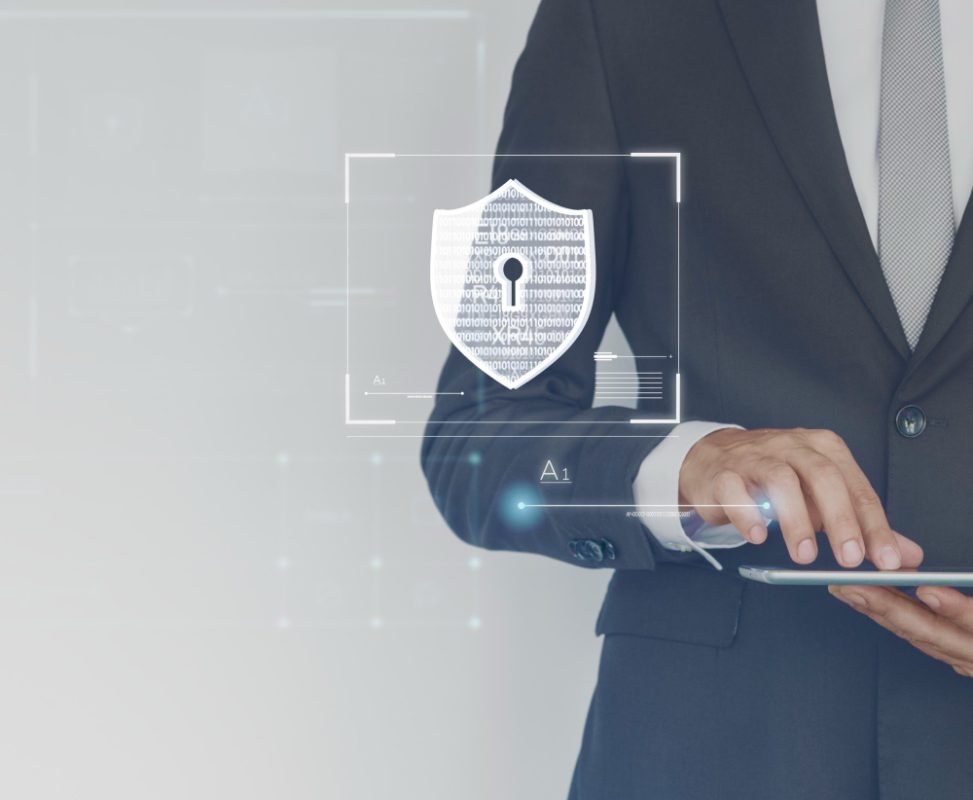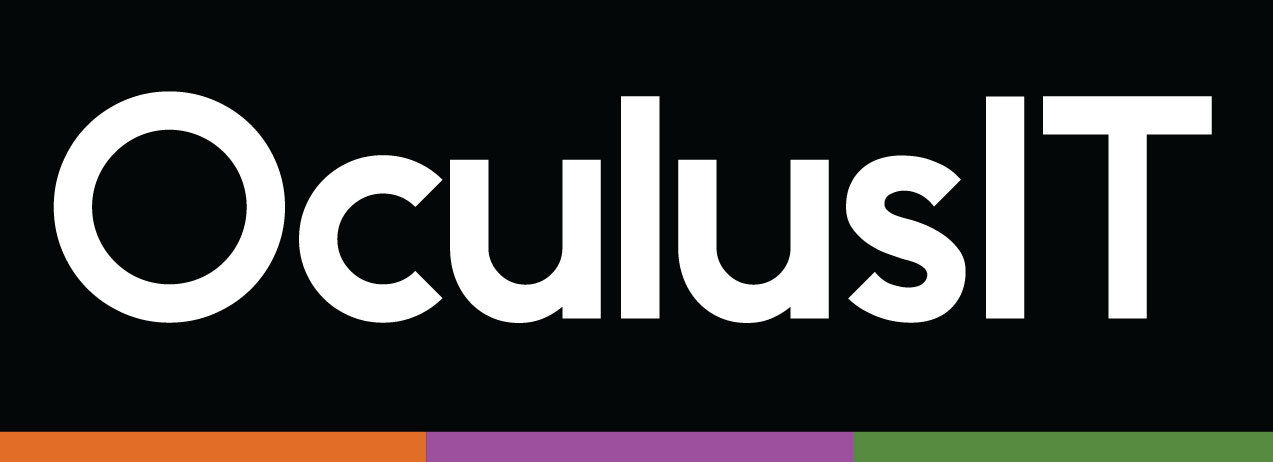Security Management & Protection Of Information Resources Enhance The User Experience

Last year, I wrote a short article on the importance of boosting security in higher ed IT after a close-up encounter with ransomware. I saw firsthand the costs and impact (financially and emotionally) associated with such a threat. What’s happening to the world in 2020 has compelled me to pen an update.
We’ve all heard before how “Security is a necessary evil”. While “in the name of security” has been used as a tool to harness control, it should be a means to automation and an enhanced user experience.
As IT leadership looks at what’s required to strengthen the security posture based on a level of remote operations for higher ed never seen before, detection of threats and protection of authentication and access control are no longer just “nice to have”.
The days of postponing investment because “we’ve never experienced a major security event or disaster” will be scrubbed from everyone’s vocabulary. Not only has the current pandemic impacted higher ed, it has impacted the globe.
It is a fact that cybercriminals are waiting to exploit security loopholes, and it is a fact that if you have little to no protection measures in place, you will regret not considering the return on investment in some level of a risk management strategy/solution.
Here are the top reasons cybersecurity should be the topmost concern in higher education:
· A cyberattack could cost millions
In addition to reputational damages, loss of productivity and downtime, the average cost of recovery from a cyberattack could cost institutions millions of dollars. Let’s not layer a security incident on top of the enrollment challenges already faced as a result of the pandemic.
· Safeguarding personal data is a priority
Colleges and universities deal with student personal information on various fronts. Securing and controlling access to this data should a top priority. Higher education must strengthen cybersecurity to avoid legal risks and security threats.
· Cybercriminals are evolving
Cybercriminals around the world are quickly evolving ways to detect security loopholes in systems. They are adapting and growing immune to the average defenses. With the unexpected move to remote teaching and learning, complexities associated with every user connecting from
disparate and unique networks, and consequent ransomware and phishing attacks, network and system entry points must be secured, monitored and analyzed to fend off advanced threats.
· Cyberattacks affect everyone
Cyberattacks do not just affect IT. Students, faculty and staff could suffer from irreparable data damages even if such threats are thwarted. Therefore, higher education must focus on identifying and responding to cyber threats quickly with advanced threat detection, monitoring, mitigation, and identity and access management.
· Identifying a cyberattack is challenging
While a security breach could be easily identified(reactive), identifying the extent of the actual attack could take much longer. In many cases, by the time the threat is discovered, the damage has already occurred. The key is to proactively detect and mitigate.
· Cybercrime is the world’s biggest criminal growth industry
Global cybercrime is booming. It has matured in sophistication, technology, complexity, scope and cost. Combating this industry requires strong cybersecurity strategies and operations supported by experts who can identify the vulnerabilities before the attackers do.
Enrollment and retention of students and automating and improving information security and access control measures are critical to the future of higher education. Institutions that welcome change to strengthen cybersecurity will be ones to succeed.
OculusIT offers identity-as-a-service that transforms how higher ed manages human and device authentication, authorization and access control. Solutions include Single Sign-On, Self Service Password Reset, Adaptive MFA, and Provisioning/De-provisioning.
OculusIT also offers a 24×7 Security Operations Center service providing a state-of-the-art security overlay of human resources and SIEM for threat detection and incident response that monitors and mitigates threats that adversely impact your IT infrastructure.

Joseph Redwine
President
OculusIT
Joseph Redwine President OculusIT Joe is the President at OculusIT. He has over 20 years of senior executive experience in the higher education sector. Joe entered the higher education services industry because of his passion to serve and support the mission of higher education and its service to students. Joe also has a record of service to the nation. He has served as the CIO for the Florida Air National Guard and as the strategic advisor for continuous improvement of its command, control, communications, and intelligence capabilities. Joe honorably retired as a Lieutenant Colonel from the United States Air Force and Air National Guard.

